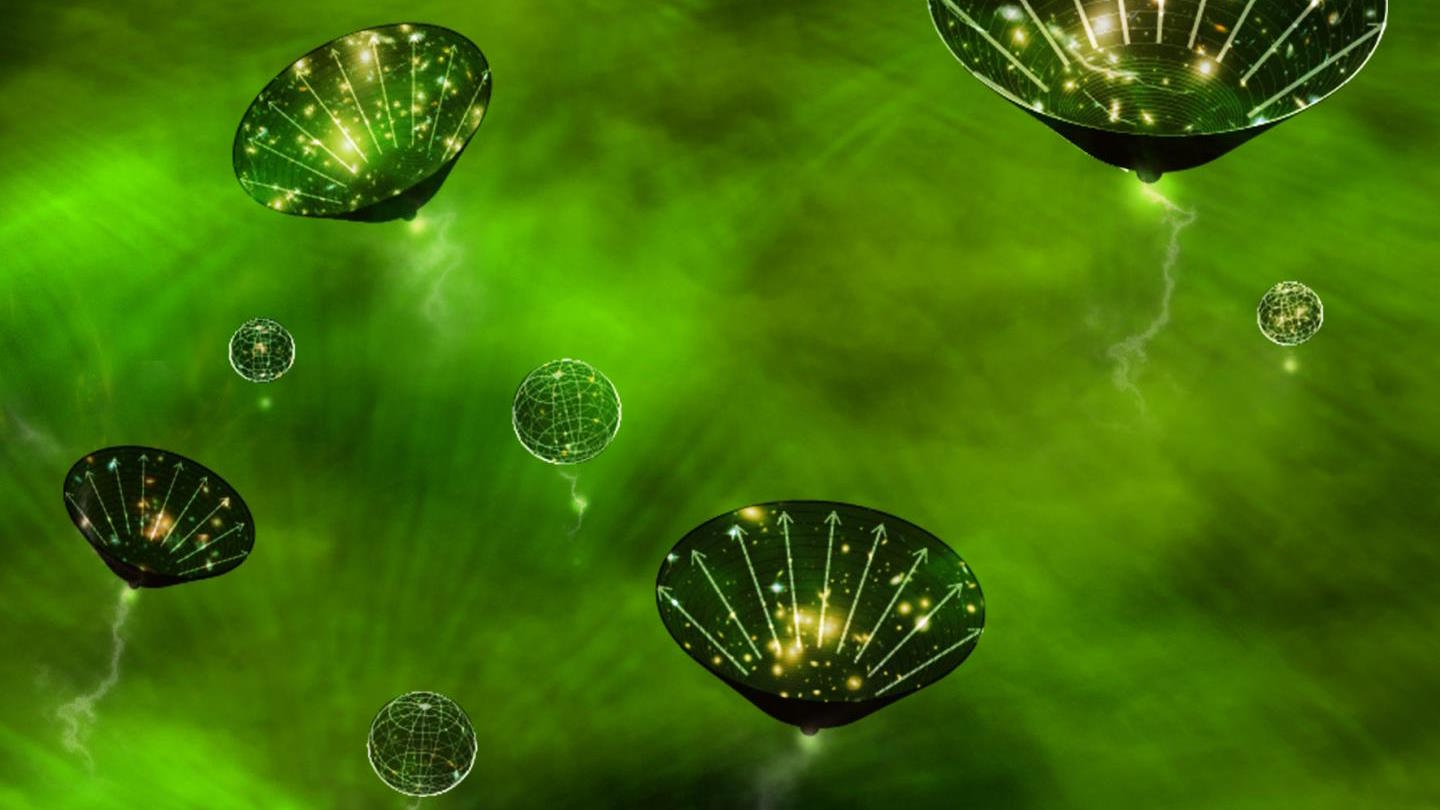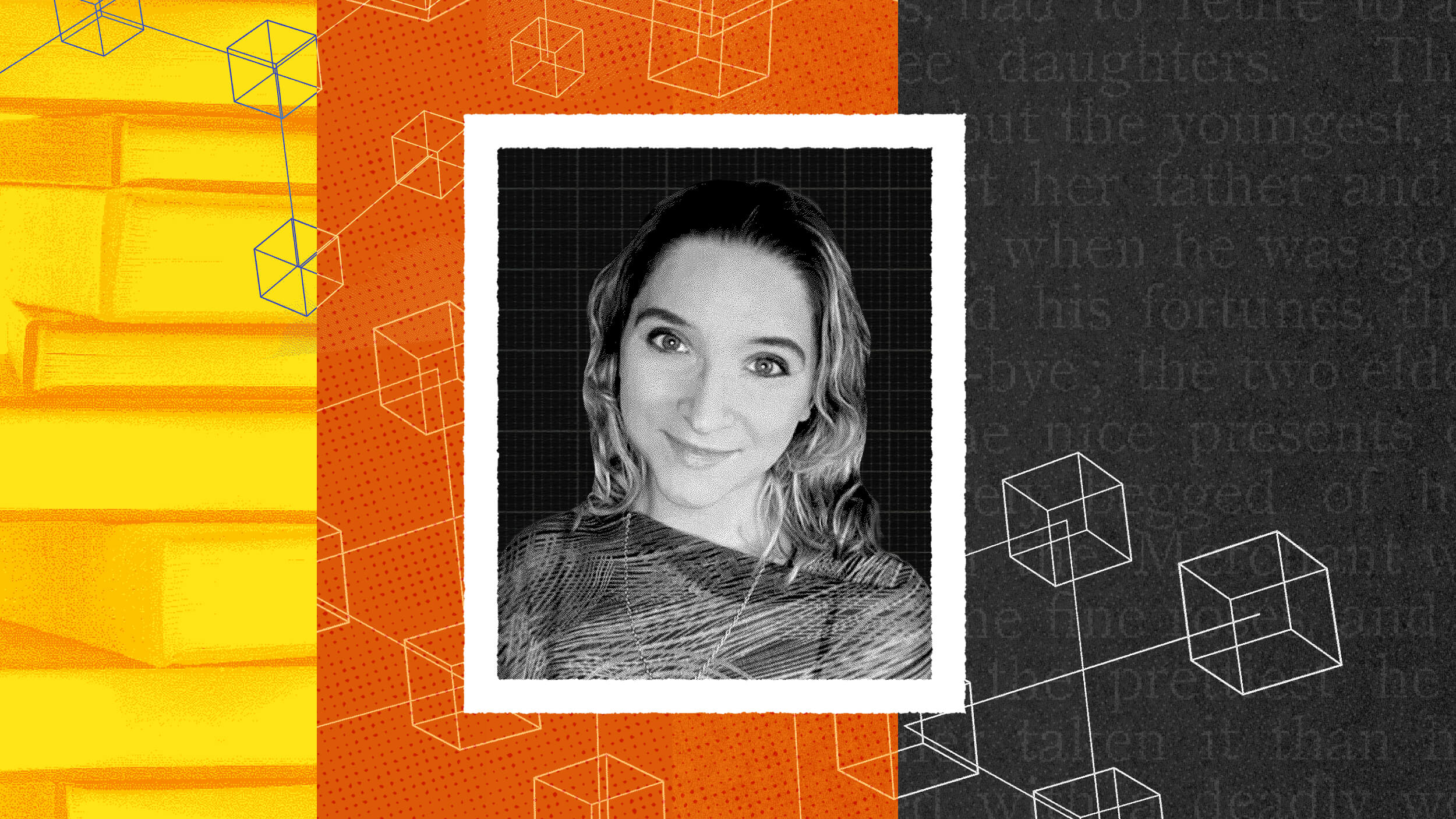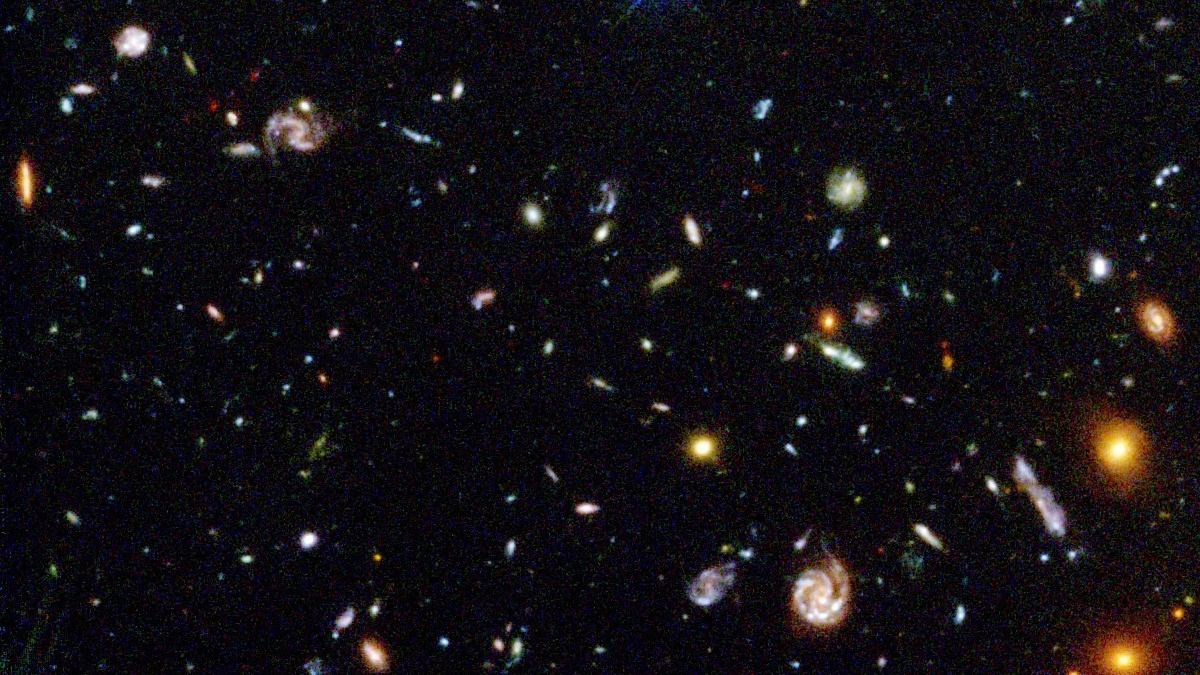“It’s the people who you aren’t necessarily closest to who often can do the most for you,” says Janice Kaplan, author of How Luck Happens. Sociologists call this Weak Ties Theory, which describes the powerful effect random connections can have on your life. “Your very close friends, your family members tend to know the same people that you do, they know the same opportunities that you do. But it’s that next circle, that slightly wider circle that’s likely to bring in new opportunities for you,” Kaplan says. This isn’t about adding more friends on Facebook, making vision boards a la The Secret, or seeing if your barista has heard of any great jobs lately. Specificity is absolutely key—you have to know what you want. Then, when you have the opportunity to talk to someone in outside your circle—your hairdresser, or someone at the gym—and you mention a specific goal, you might be surprised at who or what they know that can help you out. Luck is a random phenomenon, but Kaplan insists that building your own luck circle and putting yourself in the right places will result in unexpected and fantastic opportunities. Here, she shares an example from her book about how Charlize Theron got her first break after a traumatic childhood and a series of professional failures. Janice Kaplan is the author of How Luck Happens: Using the Science of Luck to Transform Work, Love, and Life.
Janice Kaplan has enjoyed wide success as a magazine editor, television producer, writer, and journalist. The former editor-in-chief of Parade magazine, she is the author of thirteen popular books including[…]
Is luck a windfall of good fortune, or is it a skill you can cultivate? Janice Kaplan thinks luck works best when it’s mixed with purpose.
▸
4 min
—
with
Sign up for the Smarter Faster newsletter
A weekly newsletter featuring the biggest ideas from the smartest people
▸
4 min
—
with
Related
Perhaps no existential question looms larger than that of our ultimate cosmic origins. At long last, science has provided the answers.
From religious iconography to modern mysticism, the human aura has been a subject of fascination across centuries and cultures.
The founder of GenZ Publishing joins Big Think from the infinitely unfurling confluence of print and digital.
The Hubble Space Telescope, launched in 1990, was originally seen as a colossal mistake. This one image, taken in 1995, changed everything.
Do our thoughts have any meaning whatsoever?





